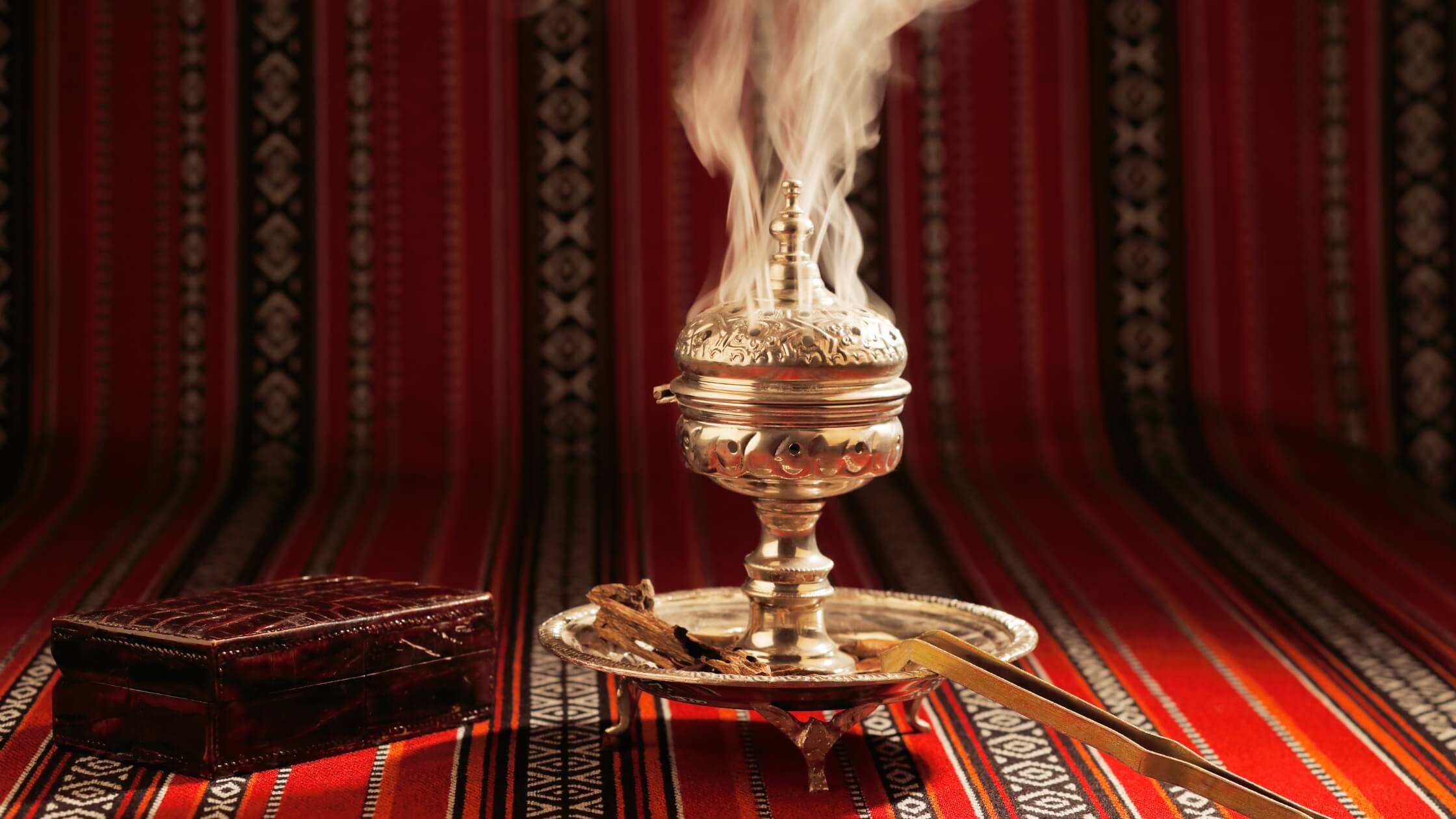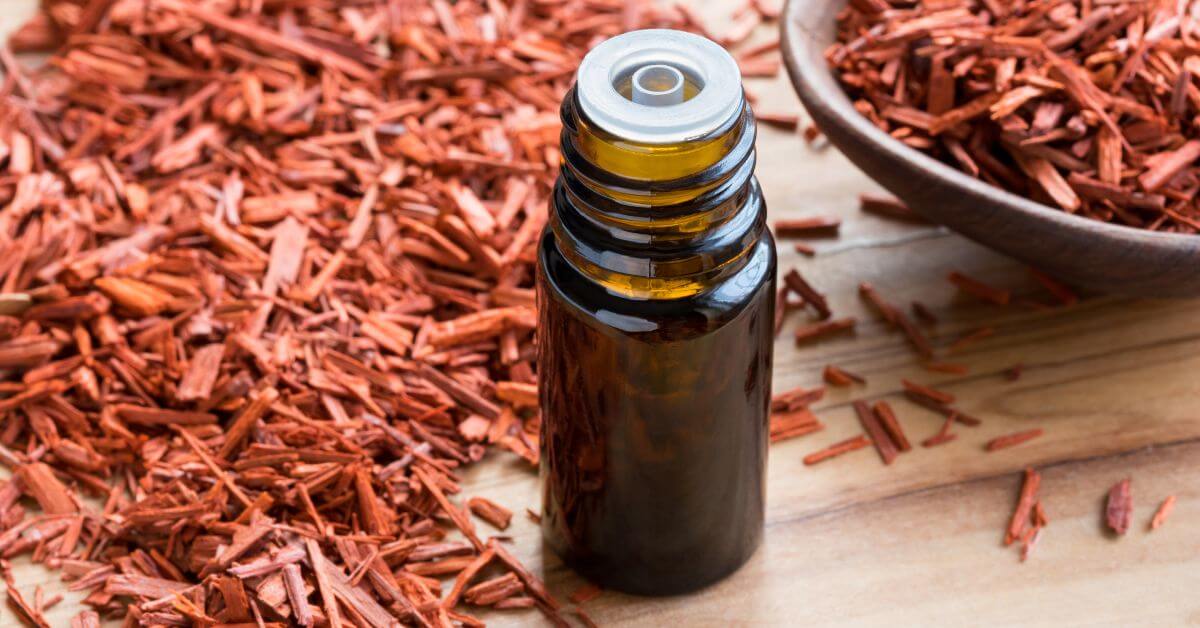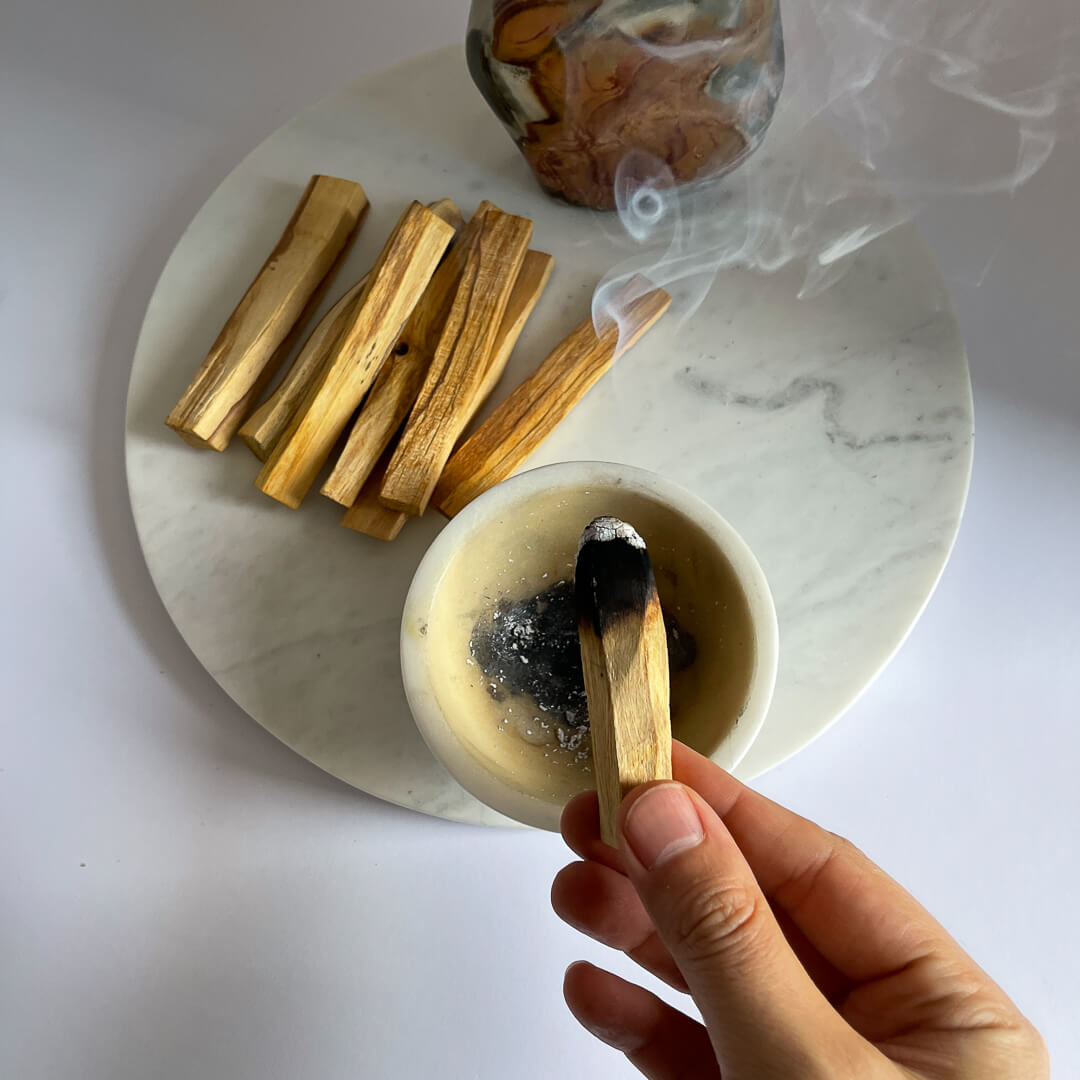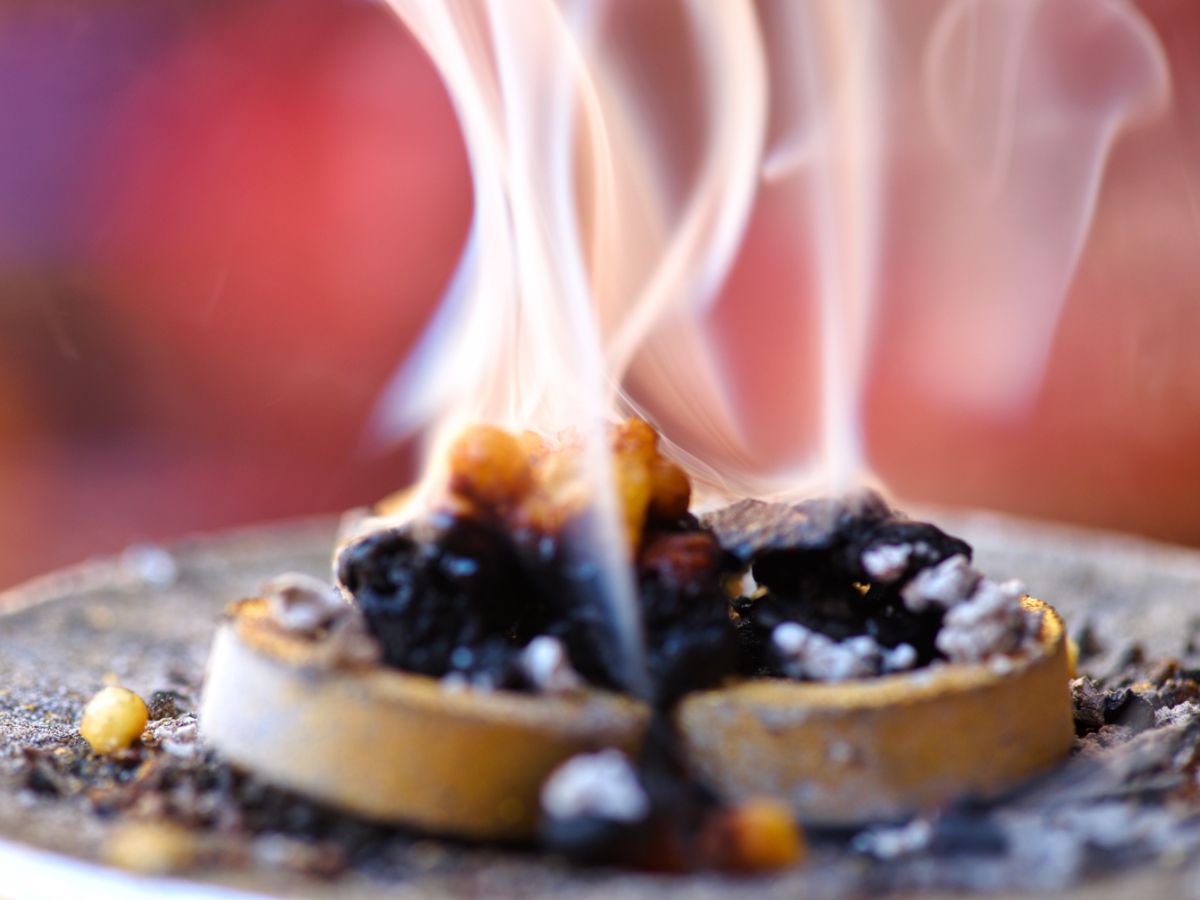Introduction
The fragrant waft of incense has been an essential feature of Arabic homes, mosques, and marketplaces for centuries. With a history rich in traditions and rituals, the Arab world has always considered the burning of incense more than just a pleasant scent; it’s a rite, a connection to the divine, and an ode to an age-old heritage. In this journey through time, we’ll explore the deep-rooted significance of incense in Arabic culture, understanding its spiritual resonance and the tapestry of traditions it weaves.
The Historical Essence of Incense in Arabic Culture
For the early Arab traders, incense was worth its weight in gold, often more. Journeying across harsh terrains, these traders transported this ‘fragrant gold’ from the southern Arabian Peninsula to the wider world. These trading routes, known as incense routes, were the lifelines of ancient commerce, linking the Arab world with the far reaches of Asia, Africa, and Europe.
Historical records and archaeological findings suggest that the Arabian Peninsula was a central hub for the incense trade. The lush Dhofar region in modern-day Oman was particularly known for its abundance of frankincense trees. Ancient civilizations, from the Egyptians to the Romans, coveted these Arabic fragrances for their religious rituals, medicinal purposes, and even mummification.
Spiritual Significance of Incense in Arabic Traditions
Beyond commerce and trade, incense held a spiritual sanctity for the Arabs. Its smoke, believed to carry prayers to the heavens, became an indispensable part of religious ceremonies. In the Islamic tradition, the Prophet Muhammad (Peace Be Upon Him) is said to have used incense during special occasions, highlighting its spiritual value.
Frankincense, in particular, plays a central role in spiritual and religious contexts. The resin, when burnt, releases a fragrant smoke believed to purify the surroundings, ward off evil spirits, and create an ambiance conducive to meditation and connection with the divine.
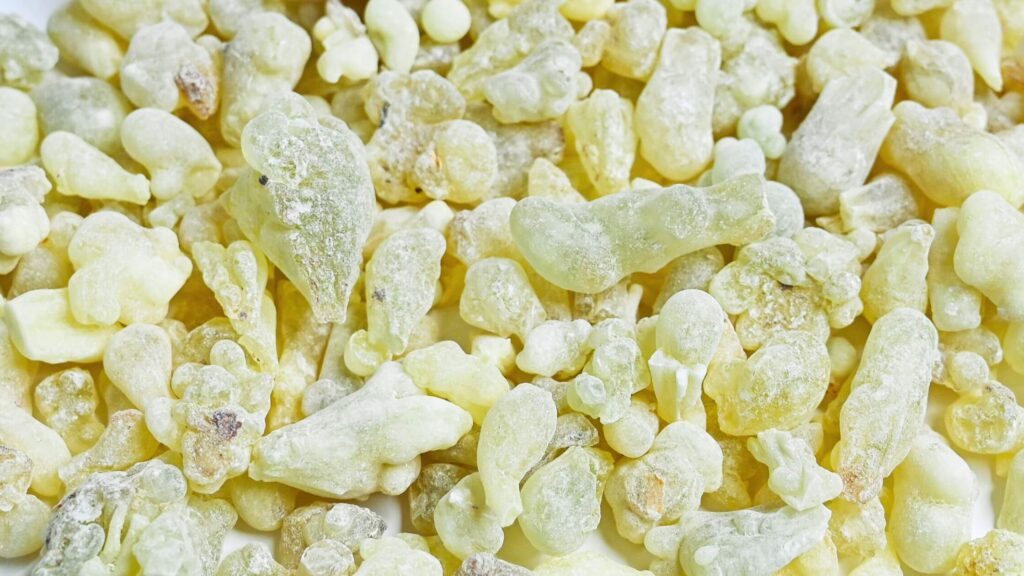

Tears of Royal Hojari Frankincense
Frankincense: The Sacred Scent
Frankincense, often hailed as the ‘King of Oils’, originates from the resin of the Boswellia tree, primarily located in the Arabian Peninsula, especially the Dhofar region of Oman. Its name is derived from the French term “franc encens”, signifying “high-quality incense”. Historically, it was esteemed as a gift worthy of rulers and revered figures, often holding more value than gold itself.
For centuries, Frankincense Resin Hojari Premium Quality has been sought-after for its spiritual qualities in incense in Arabic rituals. When ignited, it exudes a dense, fragrant smoke, fostering an ambiance ideal for introspection, reflection, and contemplation. Beyond its spiritual realm, incense in Arabic traditions like frankincense also holds therapeutic prominence. Its renowned anti-inflammatory, antibacterial, and antiseptic attributes have solidified its position in traditional medicinal practices.
The Cultural Tapestry of Scent in Arabic Life
Incense in Arabic daily life, particularly frankincense and myrrh, has an intrinsic role. Their presence is felt beyond religious edifices; their captivating fragrances permeate Arab households, special occasions, and other ceremonial gatherings.
Stepping into an Arabic home, guests are often embraced by the aromatic swirls of burning incense in Arabic hospitality traditions, a symbol of warmth, respect, and a grand welcome. These lingering aromas create a sensory backdrop to stories exchanged, meals relished, and relationships deepened.
Wedding celebrations in the Arab world see the couple surrounded by aromatic clouds of incense in Arabic customs, a gesture believed to bestow blessings and repel any unwarranted energies. Similarly, during childbirth, it’s a widespread practice to burn incense, anchored in the conviction that its scent will safeguard both the mother and her child.
Popular Arabic Incenses and Their Uses
While frankincense holds a revered place in the olfactory traditions of the Arab world, there are several other aromatic treasures that have been cherished for generations:
- Myrrh: Often mentioned alongside frankincense, myrrh is another prized resin in the Middle East. It’s derived from the Commiphora tree and has a more earthy, bittersweet aroma. Historically, myrrh was used for its medicinal properties, particularly for wound healing due to its antiseptic qualities.
- Agarwood (Oud): Oud, a significant incense in Arabic perfumery, is derived from the world’s most expensive wood, agarwood. Over time, the heartwood of certain trees gets infected with mold. In defense, the tree produces a fragrant resin, which is the source of oud. Its complex, woody scent is cherished in perfumes and is often burned as incense during special occasions.
- Bakhoor: A hallmark of incense in Arabic homes, Bakhoor is a fragrant brick made from various natural ingredients, including oud, sandalwood, amber, musk, and other elements. When burned, it releases a dense, aromatic smoke, fragrancing a room for hours.
The Art of Burning Incense: Mabkhara
The Mabkhara, a traditional burner for incense in Arabic culture, is as much an art piece as it is a functional tool. Often intricately designed, it is commonly made from materials such as clay, brass, or even silver. Burning incense in a Mabkhara is an experience in itself. The ritual starts by placing a piece of charcoal in the burner. Once it’s adequately heated, a piece of resin, be it frankincense, myrrh, or bakhoor, is delicately placed on top. As the resin melts, its fragrant smoke rises, filling the surroundings with a scent that’s been cherished for millennia.
Incense as a Reflection of Arabic Identity and Heritage
To many, the scent of burning incense may simply be pleasant. But for those acquainted with incense in Arabic culture, it’s a fragrant nod to a rich history, traditions, and shared identity.
The act of burning incense is a tradition passed down through generations. Grandmothers teaching their grandchildren the right amount of resin to use, the stories of ancient traders told over a Mabkhara, and the scent itself serving as a bridge between the past and the present.
In today’s fast-paced world, where synthetic fragrances dominate, the Arab world’s love for natural resins like frankincense and other resins stands as a testament to their commitment to preserving their heritage.
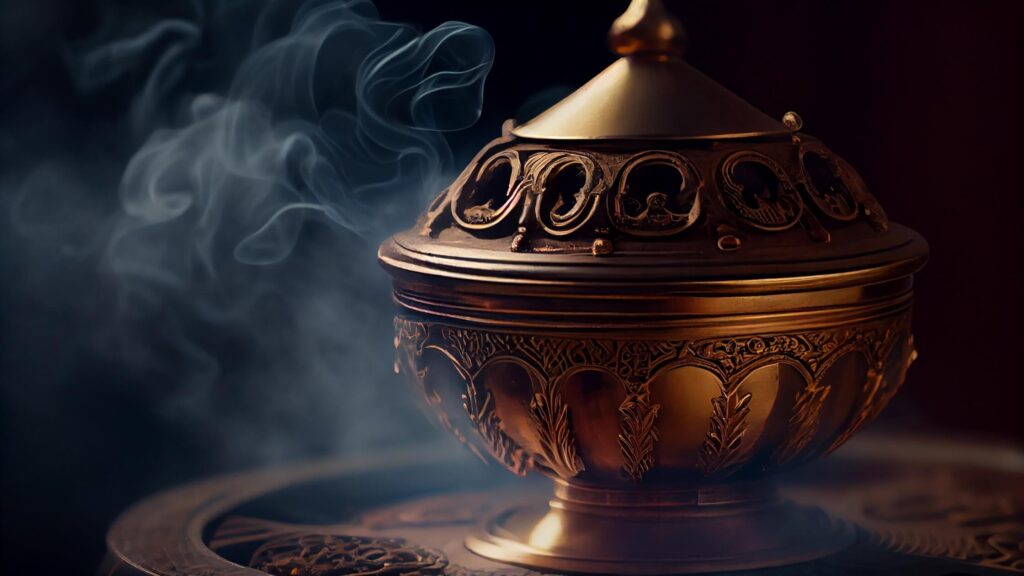

Incense in Arabic Burner
Modern Incense Products and Sustainable Practices
While the tradition of burning incense in Arabic culture is deeply rooted, the modern approach to its production and consumption has evolved substantially. The contemporary Arab world, recognizing its history, has adopted sustainable and ethical practices in the incense industry.
Brands like Maison Etherique are pioneers in this transformative journey. Their products, such as Resin Incense, symbolize a harmonious blend of age-old wisdom and today’s sustainable practices in the world of incense in Arabic traditions. By prioritizing ethically sourced and eco-friendly products, brands like these are setting a benchmark for a future where ancient traditions flourish without straining our planet.
Today’s consumers, versed in incense in Arabic heritage, have become more discerning and environmentally conscious. Their preferences go beyond just the fragrance; they are eager to trace back the origin, acquaint themselves with the production methods, and understand the environmental implications of their choices. This informed perspective, combined with the industry’s shift towards sustainability, ensures that incense in Arabic culture remains vibrant, adhering to ethical guidelines and ecological responsibility.
Conclusion
Incense in Arabic history, with its mesmerizing smoke and captivating aromas, has been a consistent element in the narrative of Arabic culture. From age-old caravans traversing vast deserts with aromatic treasures to the present-day sustainable methodologies, the story of incense in Arabic tradition narrates a chronicle of heritage, spiritual connection, and growth.
The lingering scent of burning treasures like frankincense and oud is not just about fragrance. It symbolizes a bridge to bygone eras, a connection to spirituality, and showcases the steadfast commitment of a culture to its roots. As the plumes from a Mabkhara rise, they carry whispers of ancient societies, sacred rites, and an assurance that the aromatic legacy of the Arab world will persist, upholding ethical and sustainable values, for eras yet to come.
